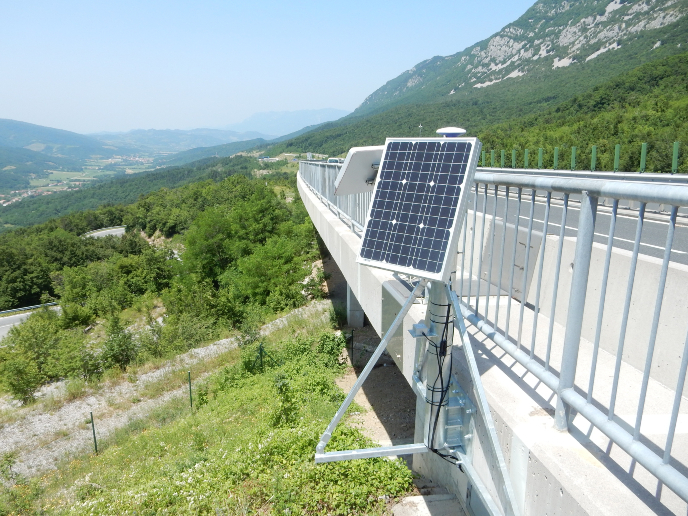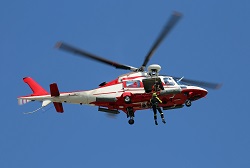'Envelopes of safety' on our busy waterways
The size of the ships navigating the world's waters is on a constant upward trajectory. Cruise liners can measure up to 340 metres and weigh nearly a quarter of a million tonnes, while crude oil tankers reach lengths of 470 metres and can weigh over half a million tonnes dead weight. Although much of the world's maritime infrastructures were not expressly designed for such enormous vessels, they need to cope with the growing size and volume of traffic without sacrificing safety. With EU support, the 'Maritime-assisted volumetric navigation system' (ARIADNA) project utilised state-of-the-art technology to optimise the management of marine infrastructures. The ARIADNA system is designed to cope with greater traffic density and larger vessels, while improving safety, in congested maritime and inland areas. The approach tracks volume (position and navigation) in real time and monitors infrastructures, surfaces, draft allowances, currents, wind, waves and 'squat effects'. In addition, ARIADNA's volumetric navigation system (VNS) places a so-called safety envelope around each vessel to safeguard the passage of all sizes of vessels while optimising the use of infrastructure. The ARIADNA system is made up of two types of devices: a user terminal in each vessel and a local control system, which is operated onshore to manage traffic flows. Once marketable products based on the ARIADNA project are produced, they will help avoid collisions and accidents, and prevent human error on our increasingly busy maritime waterways.







